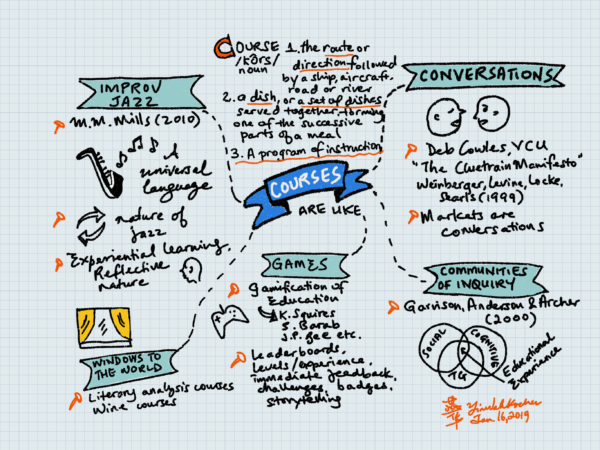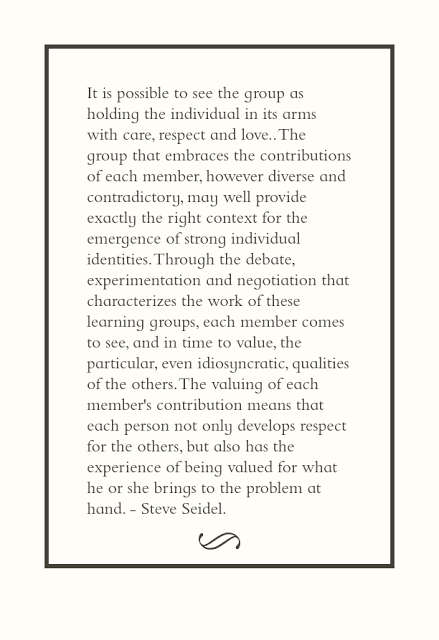What’s Training Got to Do with the Boeing 737 Max Crashes

737 pilots trained for Max 8 with short online course
Trained. Self-administered. Short. Online. Course.
This news trended a week ago. I was both cognitively and emotionally engaged when I read it. This CNN news touched on areas close to my heart: training, continuing education, online learning, instructional and learning design.
But where do I start to process this information? I who used to ride airplanes fearlessly.
I have to sort through this news. I enjoy traveling, for work and leisure, and for now, I don’t trust the FAA or airline companies too much with my life.
The new Maneuvering Characteristics Augmentation System (MCAS) system was installed on the Boeing 737 Max and this information was missing in the training course and manuals. Missing in a training course which is all about the new plane and its system.
The MCAS system is now the focus of two crash investigations — Lion Air and Ethiopian Airlines. After pilots had taken the self-paced training lasting 56 minutes to 3 hours (two airlines made different decisions about what the length of training should be; Southwest’s transition training was longer than American Airlines’), they were allowed to fly the planes by the Federal Aviation Administration (FAA).
So many things had gone wrong with this training that thankfully only 2 planes had crashed so far!
- Design of training: the instructional systems design (ISD) approach, modality, length, assessment design, training materials
- Impact of training
- Evaluation of training and its quality, accuracy and effectiveness
- Conceptual knowledge vs procedural learning and how best to teach these types of learning
- FAA Assumptions: similarities between 737 Max 8 and previous models led the FAA to allow the 737 Max planes to be flown without simulator training. How much information did the FAA know about these planes before they made such a decision? A decision that would impact lives.
- Stakeholders and decision-makers with the authority to make life-or-death decisions.
As an instructional designer, I don’t always get to make the final decisions about the course/training designs. Yes, it is usually a collaborative process, but sometimes, I get too much resistance from stakeholders insisting on their preferences and don’t have the clout to make my case. Fortunately, my designs don’t have a life or death impact directly.
Added to this training mess are other factors that doomed the planes:
- The marketing and sale of these new planes: A cockpit warning light for a mechanical fault was an optional add-on. Boeing and airline companies placed profit over safety. There, I said it. What is the worth of a human life to Boeing? To the airline companies?
- FAA approval for certification of planes was rushed.
I can go on about this horribly tragic mess. Writing about it is my way to deal with the loss, pain, anxiety and fear — a whole range of emotions.
Reading about the training and stakeholder decisions reminds me of the importance of instructional SYSTEMS design – ISD. There is more to instructional design than just the small design (d), the big D matters. These tragedies behoove us to place great care on how we design instruction and learning experiences; who we trust to design, implement, evaluate and oversee the whole instructional system and what value we place on training and professional development. It was sadly a perfect storm that blew up. In a very simple and simplistic way, it is because we didn’t take adequate care and consideration of instructional design using a systems approach to ensure accuracy and effectiveness of our training.
This is a case and scenario every ID school should use to discuss with their students. We need to start somewhere.


